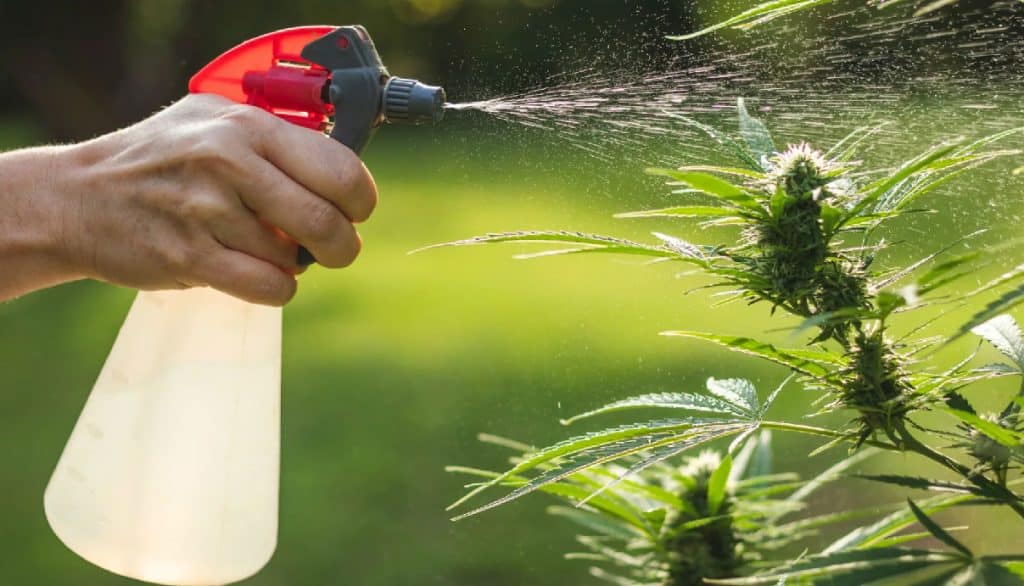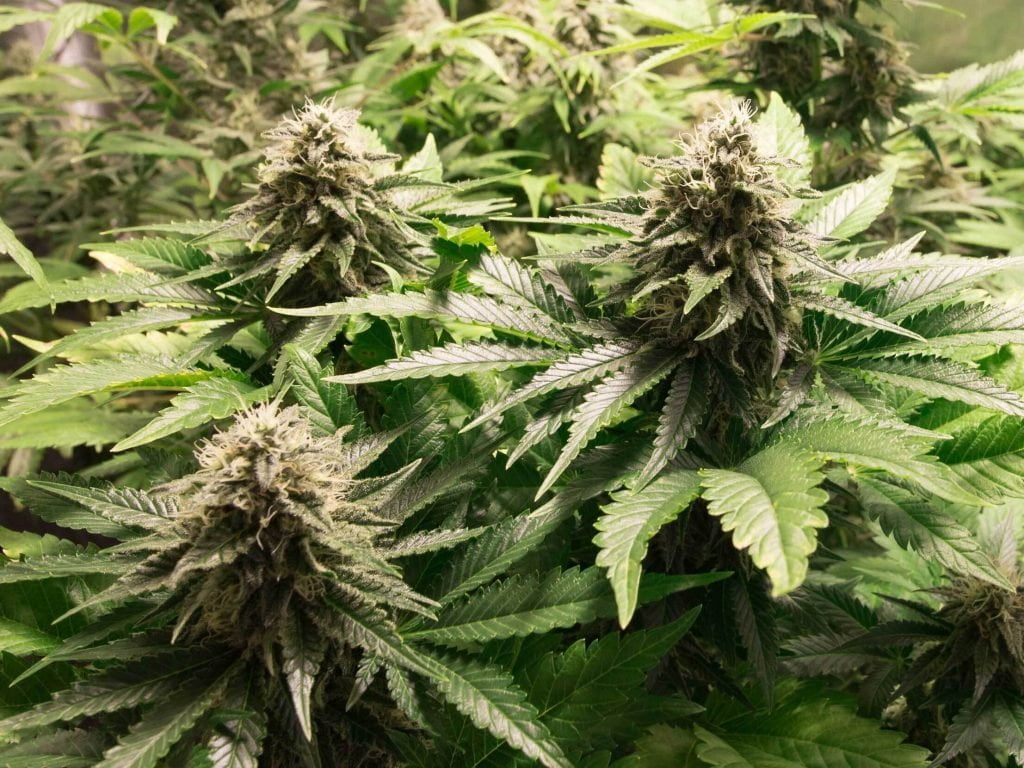Blog
Watering Practices and Cannabis Growth
Water is essential for cannabis plant growth, but improper watering practices can have a significant impact on plant health and yield. Overwatering can lead to root rot, while underwatering can cause nutrient deficiencies and stunted growth. Additionally, water quality can also affect plant health, as contaminants in the water can inhibit nutrient uptake. In this article, we will explore the impact of watering practices on cannabis growth and how to ensure proper watering techniques to maximize yield.
Understanding the Water Needs of Cannabis Plants
Water is an essential component for plant growth and is vital for the proper functioning of a cannabis plant’s biological processes. The amount of water required by cannabis plants can vary significantly based on different factors. For example, smaller plants require less water than larger plants, and plants in the vegetative stage require more water than those in the flowering stage. Moreover, environmental factors such as humidity, temperature, and light intensity can also affect a plant’s water requirements. Cannabis plants growing in dry and hot climates require more water than those growing in humid and cool conditions. Understanding the water needs of cannabis plants is crucial for ensuring optimal growth and avoiding overwatering, which can lead to root rot and other problems.
How to Properly Water Cannabis Plants

Proper watering is crucial for healthy cannabis plant growth. Overwatering can lead to waterlogged soil, which deprives roots of oxygen, leading to root rot, and nutrient deficiencies. On the other hand, underwatering can cause the soil to dry out, resulting in stunted growth and wilting leaves. The key is to strike a balance between the two extremes. To properly water cannabis plants, one should water them thoroughly, ensuring that the water reaches the root zone. The soil should be moist but not saturated. One way to check soil moisture levels is by sticking a finger an inch or two into the soil. If it feels dry, it’s time to water. It’s also essential to allow the soil to dry out slightly before the next watering, as this encourages healthy root growth and prevents overwatering. It’s recommended to water cannabis plants every two to three days, but the frequency may vary based on environmental factors such as humidity levels and temperature. Additionally, using high-quality water without excess minerals or chemicals is essential for the plant’s health.
Avoiding Overwatering

Overwatering is one of the most common mistakes made by novice cannabis growers. It is crucial to understand that cannabis plants require a well-draining soil mix and proper drainage to prevent water from sitting in the soil for extended periods, leading to root rot. Overwatering can also reduce the amount of oxygen available to the roots, leading to stunted growth and plant death. Signs of overwatering include yellowing leaves, wilting, and a sour smell from the soil. To avoid overwatering, it is essential to wait until the soil has dried out slightly before watering again. The best way to determine if your plants need water is to check the soil’s moisture level by inserting your finger into the soil up to the second knuckle. If the soil feels dry, it’s time to water. Additionally, ensuring proper drainage by using well-draining soil and pots with drainage holes can help prevent overwatering. Remember that a little bit of underwatering is always better than overwatering. It’s easier to recover from underwatering than it is from root rot caused by overwatering.
Preventing Underwatering
Underwatering is a common problem in cannabis cultivation that can lead to serious damage to the plant’s growth and health. When plants are underwatered, they don’t receive the necessary nutrients they need to grow and thrive. As a result, leaves may start to droop, turn yellow or brown, and dry out. The soil may become dry and cracked, and the plant may eventually wilt and die. To prevent underwatering, it’s essential to water the plants thoroughly and regularly. This means watering the plants until the soil is moist but not saturated. Monitor the soil moisture levels regularly to ensure that the plants are receiving the right amount of water. A simple way to do this is to stick a finger about an inch deep into the soil. If it feels dry, it’s time to water the plants. Remember, cannabis plants require more water during the vegetative stage and less water during the flowering stage. So, it’s important to adjust your watering practices accordingly.
The Importance of Water Quality
Water is essential for cannabis growth and proper nutrient uptake, but water quality can have a significant impact on plant health. Water that contains chlorine, fluoride, or other chemicals can cause nutrient imbalances and lead to deficiencies in the plant. This is because these contaminants can interfere with the plant’s ability to absorb essential nutrients such as magnesium, calcium, and iron. Using clean, filtered water is essential for maintaining healthy soil and nutrient management. Additionally, it’s important to monitor the pH levels of the water as cannabis plants prefer a slightly acidic environment, with a pH range of 6.0-6.5. Testing the water source and adjusting the pH levels if necessary can help ensure optimal plant growth and a high-quality yield.
Watering Techniques for Different Growing Media
When it comes to watering practices for cannabis growth, it’s important to consider the type of growing media being used. For soil-based grows, it’s essential to allow the top layer of soil to dry out between watering to prevent over-watering and encourage healthy root growth. On the other hand, coco coir requires more frequent watering as it tends to dry out more quickly. Hydroponic systems, which don’t use soil, require a different approach altogether, as they require a constant flow of nutrient-rich water. Understanding the specific watering needs of each growing media is key to achieving optimal yields. It’s important to note that regardless of the type of growing media, watering practices should always be adjusted based on the plant’s stage of growth and environmental conditions, such as temperature and humidity levels. By providing the right amount of water at the right time, cultivators can help their cannabis plants thrive and produce high-quality yields.
Watering During Different Stages of Growth
Watering practices are crucial during different stages of cannabis growth. During the early stages of growth, such as seedlings and clones, plants require less water as they are more susceptible to overwatering. Overwatering during this stage can lead to the accumulation of moisture around the roots, leading to root rot and stunted growth. Once the plants reach the vegetative stage, their water intake increases, and they require more frequent watering. During this stage, plants also have a higher tolerance for overwatering, but it’s essential to avoid excessive watering, which can lead to nutrient leaching and root problems. During the flowering stage, the water requirements can vary based on the strain and growing environment, but plants generally require less water than during the vegetative stage. It’s crucial to monitor the soil’s moisture level and adjust the watering schedule accordingly to ensure optimal growth and yield. By understanding the watering needs during different stages of growth, growers can provide the right amount of water and avoid common watering issues, ensuring healthy plant growth and high-quality buds.
Maximizing Cannabis Yield through Proper Watering Practices

Proper watering practices are essential for maximizing cannabis yield and plant health. By understanding the water needs of cannabis plants and implementing proper watering techniques, cultivators can prevent common mistakes such as overwatering and underwatering and ensure optimal nutrient uptake and yield. Additionally, monitoring water quality and adjusting watering techniques based on the growing media and stage of growth can further maximize yield potential.


